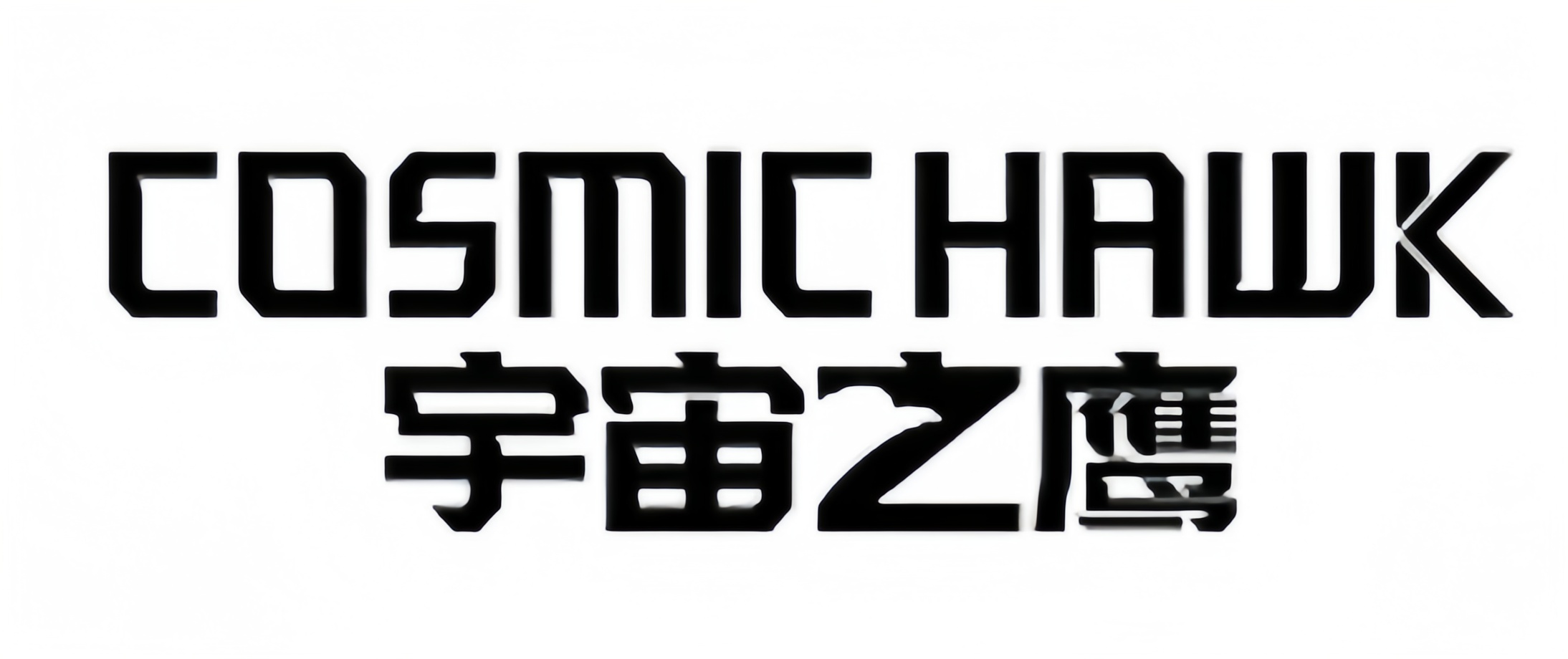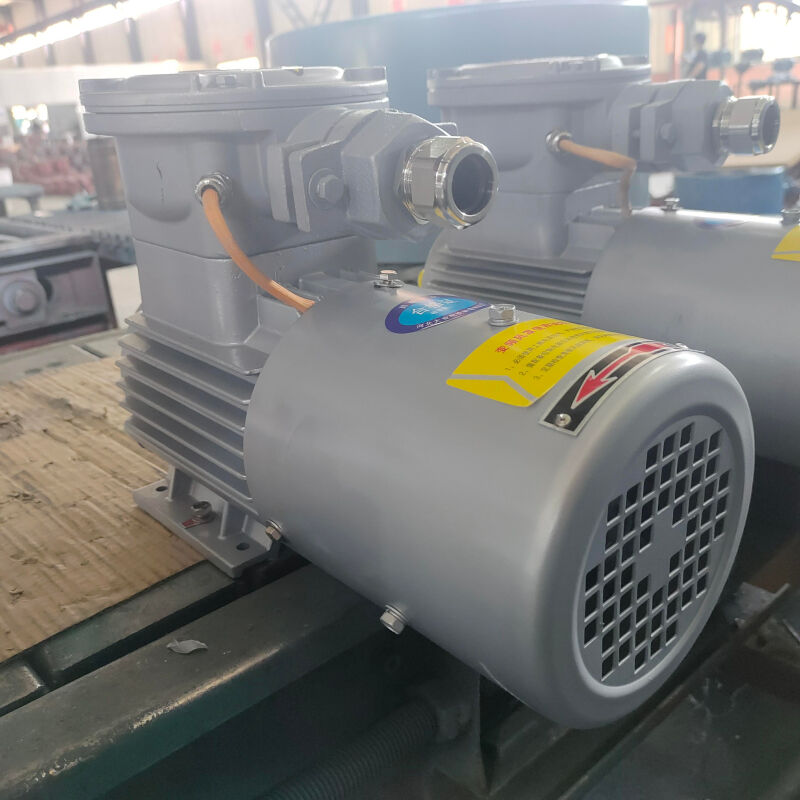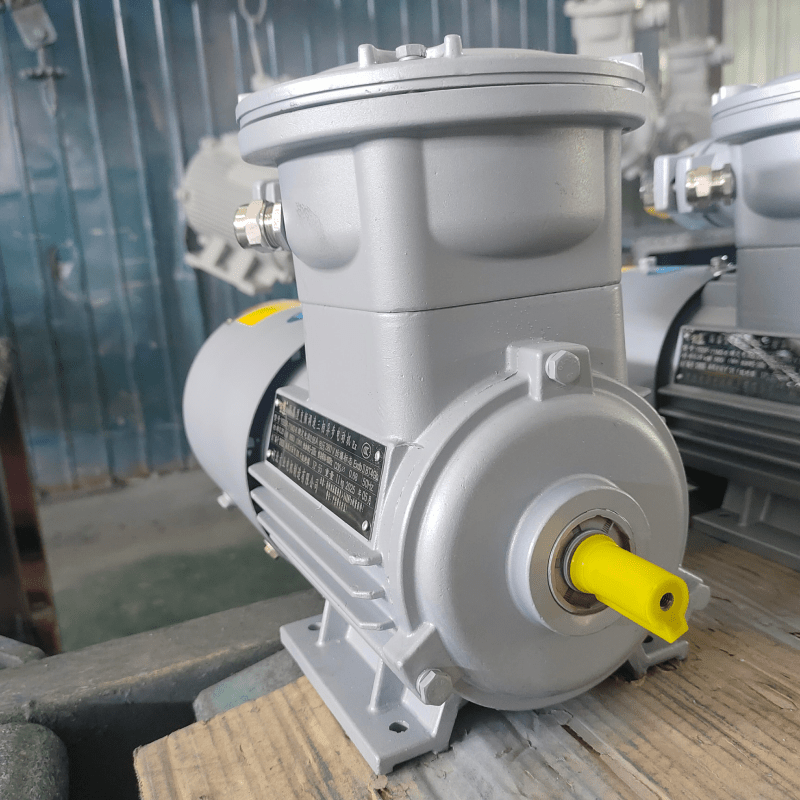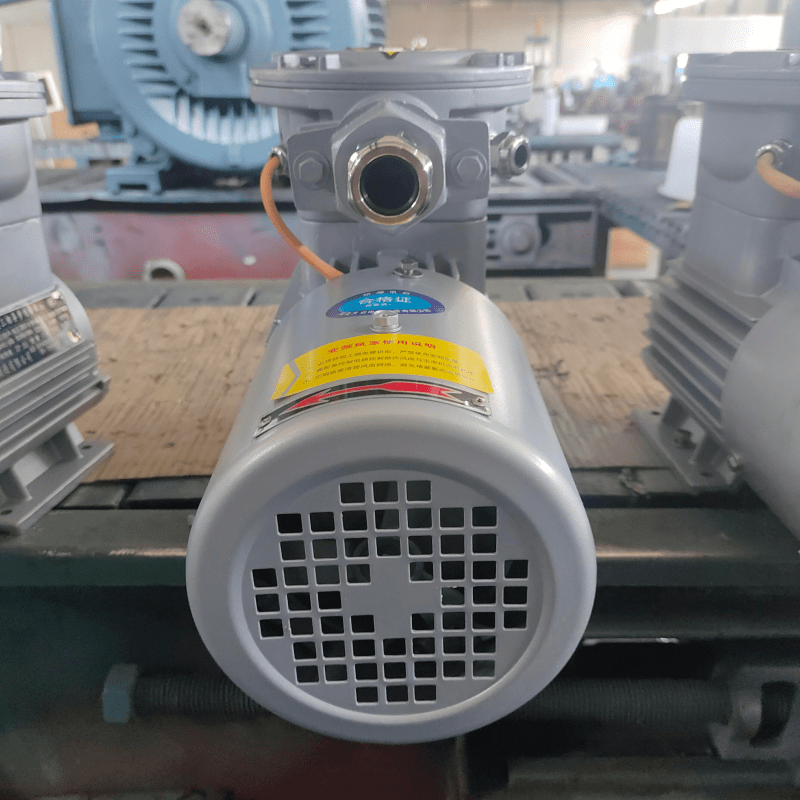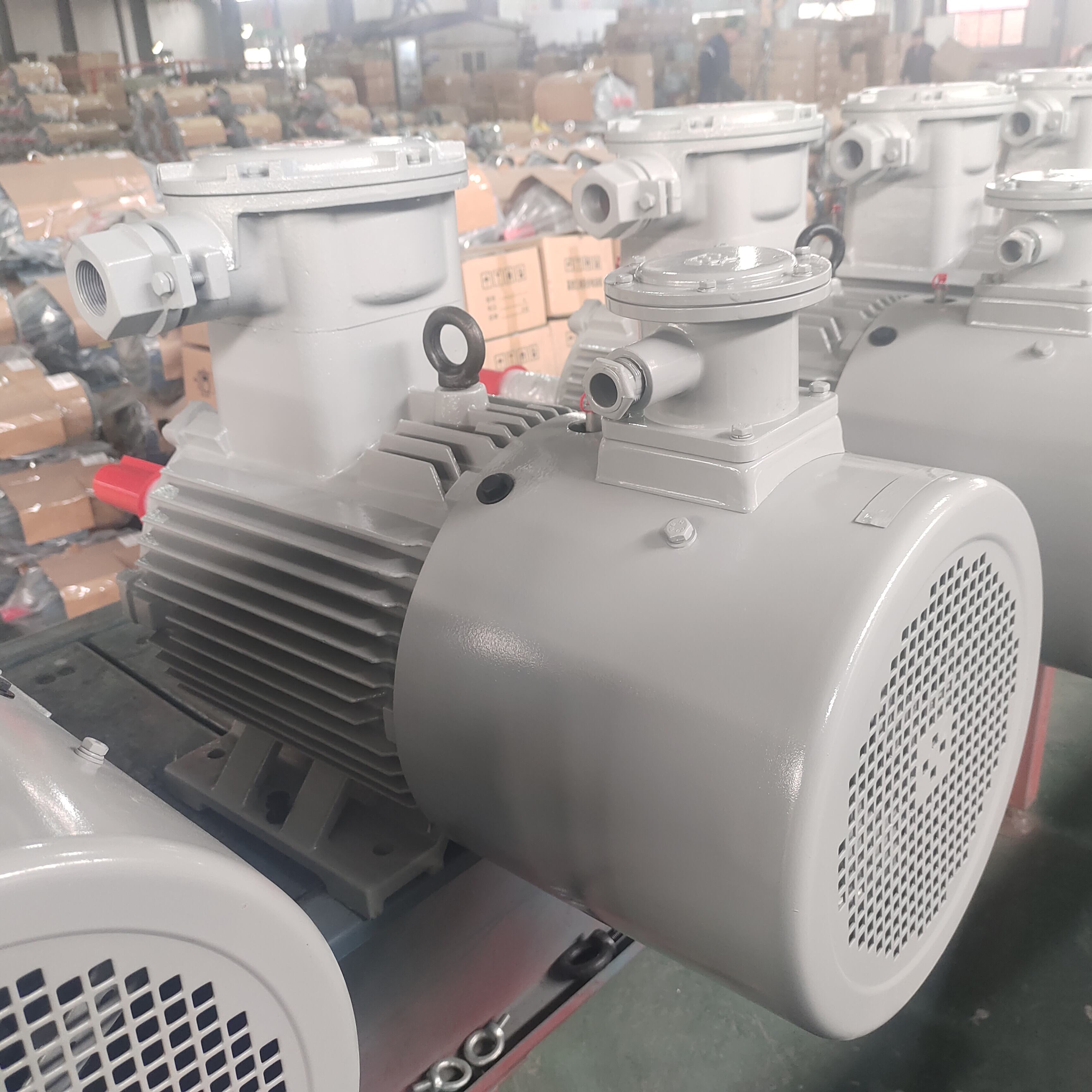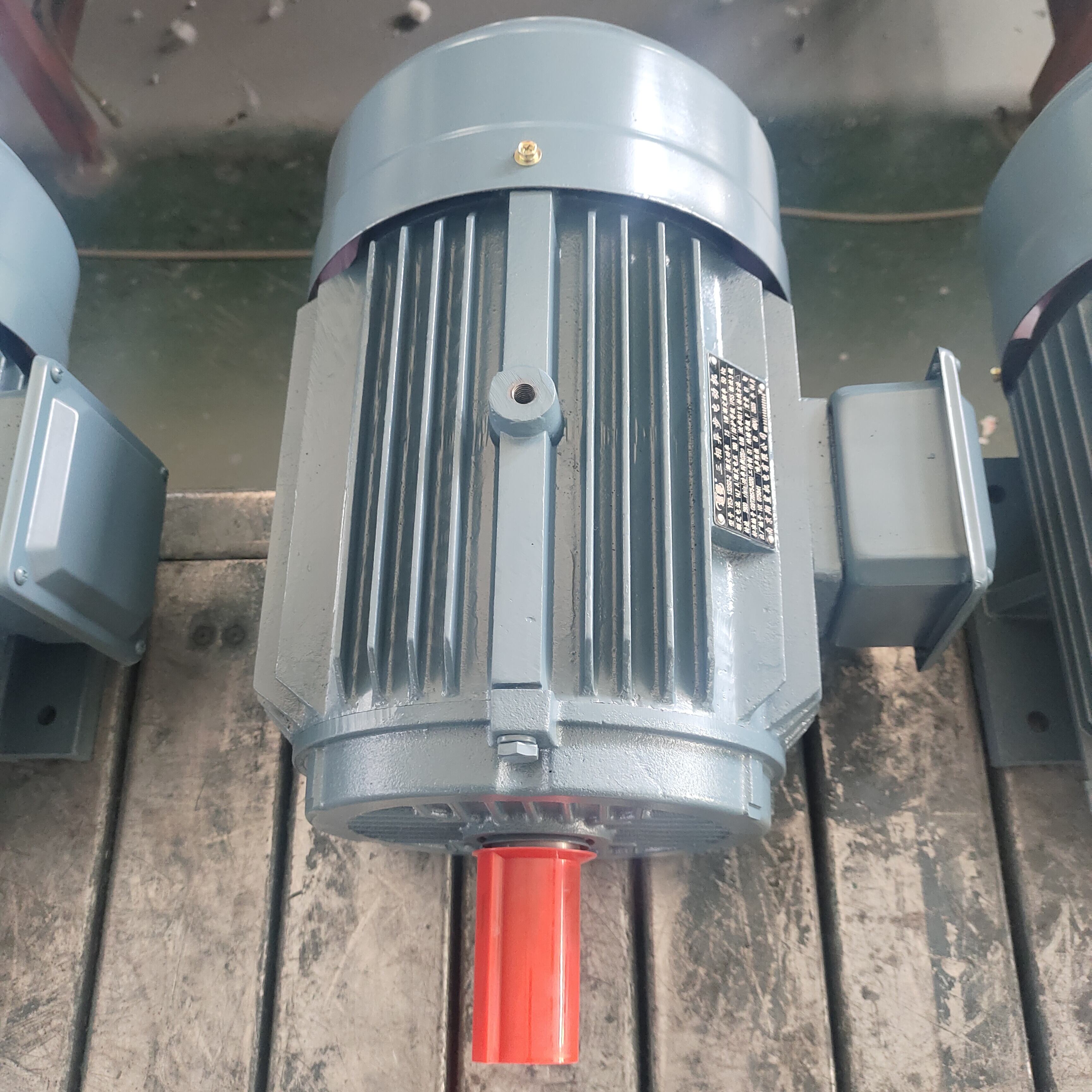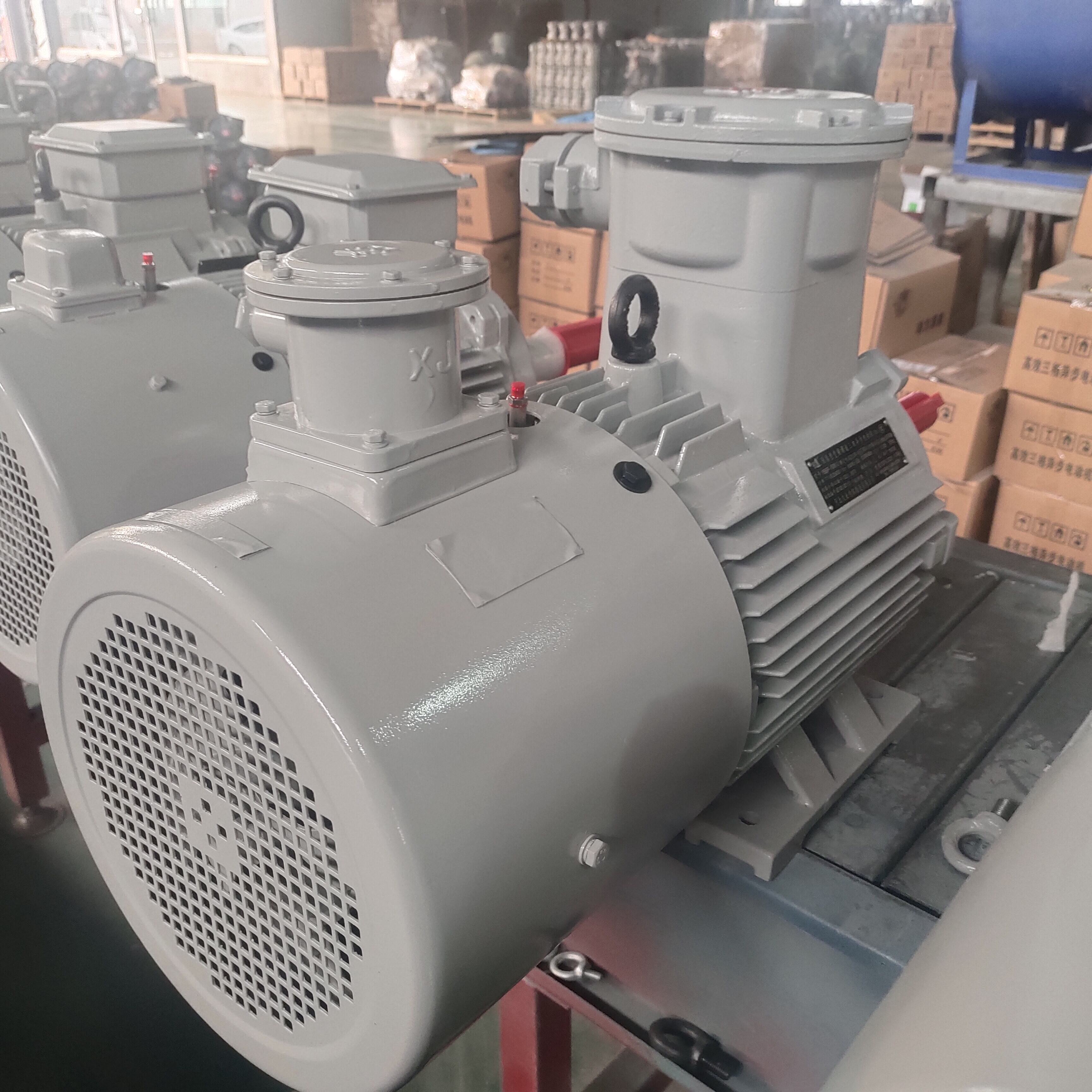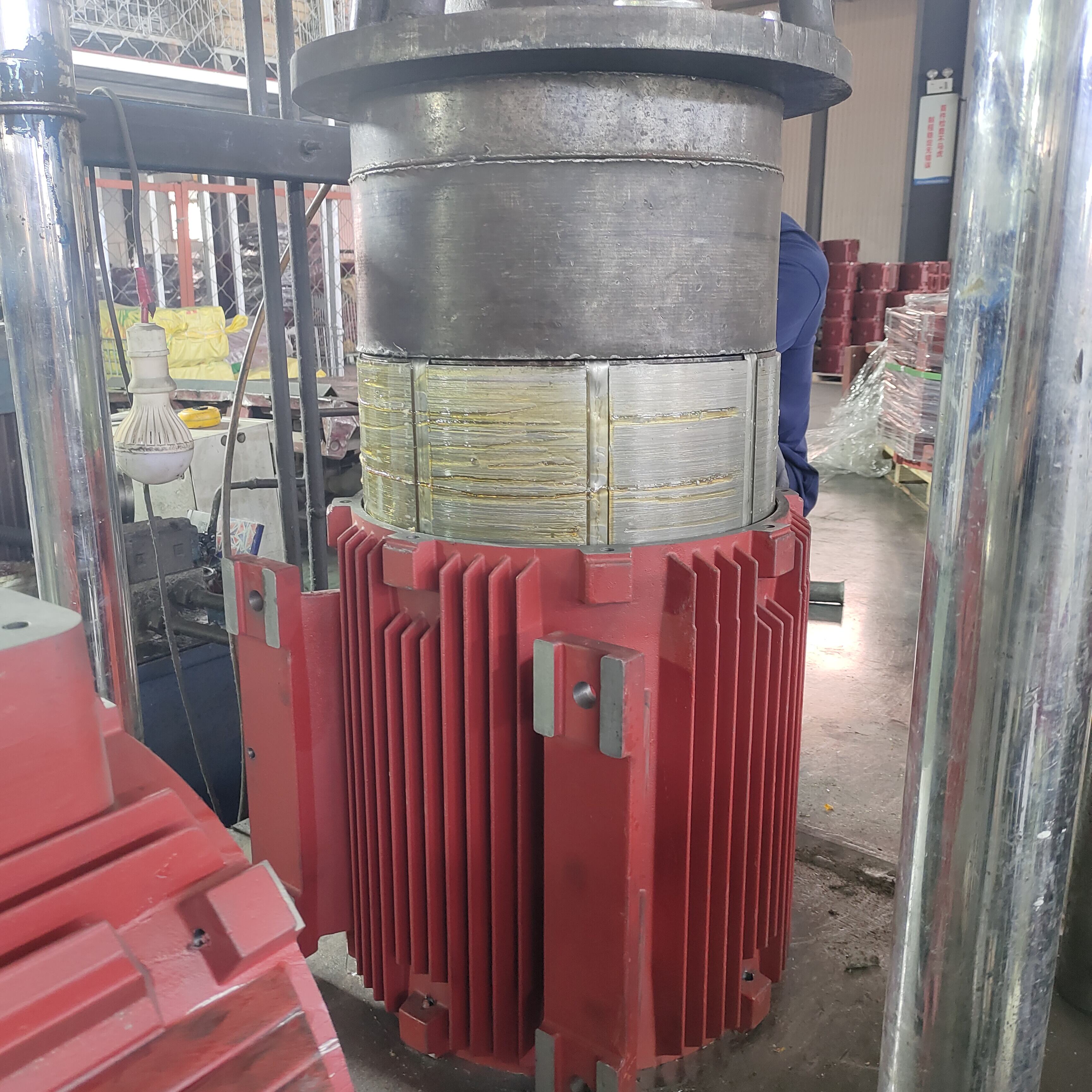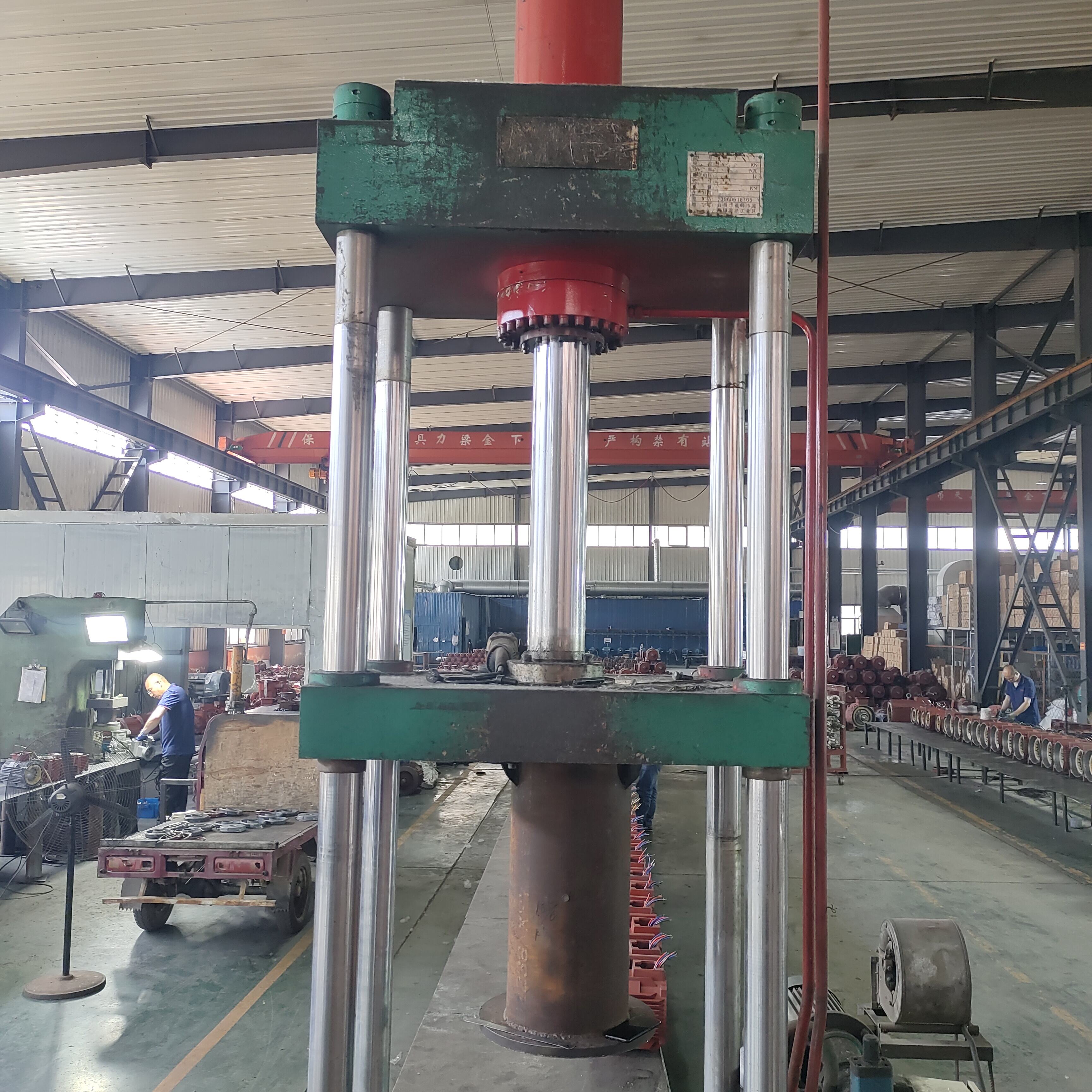cold die casting
Cold die casting represents a revolutionary manufacturing process that transforms metal forming operations through room-temperature precision molding. This advanced technique utilizes specialized tooling systems to shape metals without requiring the extreme temperatures traditionally associated with conventional casting methods. The cold die casting process employs high-pressure compression forces to form complex geometries from metal blanks, delivering exceptional dimensional accuracy and surface quality. Unlike traditional hot casting operations, this method maintains material properties while achieving intricate details that would be challenging through alternative manufacturing approaches. The technological framework of cold die casting centers on sophisticated press systems equipped with precision-engineered dies that apply controlled pressure to deform materials into desired configurations. These systems incorporate advanced hydraulic or mechanical pressing mechanisms capable of generating tremendous forces while maintaining exact positioning control. The process begins with material preparation, where metal blanks are positioned within the die cavity, followed by the application of progressive pressure that gradually forms the workpiece to match the die contours. Temperature control systems ensure optimal forming conditions throughout the operation, preventing material degradation while maximizing formability. Quality monitoring systems continuously track pressure parameters, dimensional compliance, and surface characteristics to ensure consistent output quality. The applications of cold die casting span numerous industries where precision metal components are essential. Automotive manufacturers utilize this process for producing critical engine components, transmission parts, and structural elements that demand exceptional strength-to-weight ratios. Aerospace applications include the formation of landing gear components, structural brackets, and engine housings where material integrity is paramount. Electronics industries benefit from cold die casting for creating heat sinks, connector housings, and shielding components that require precise dimensional tolerances. Medical device manufacturers employ this technique for producing surgical instruments, implant components, and diagnostic equipment parts where biocompatibility and precision are crucial requirements.
